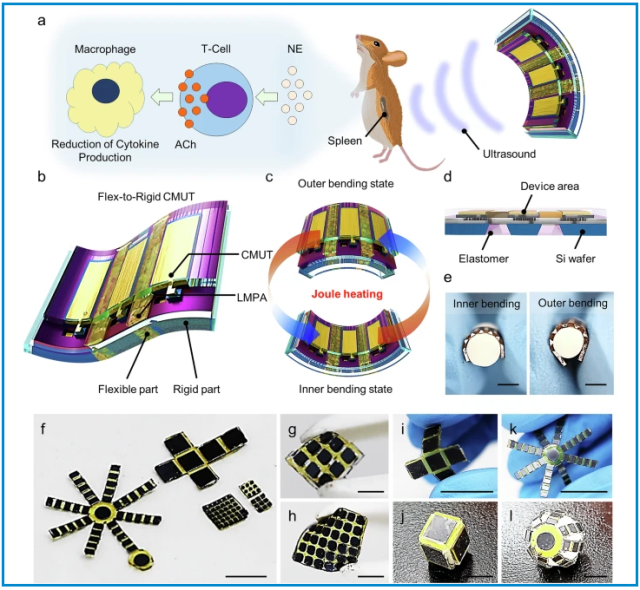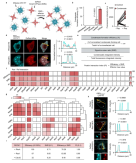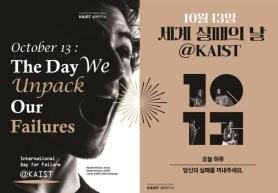
SEOUL, November 12 (AJP) - KAIST researchers have developed a new flexible ultrasound sensor that can both capture medical images and deliver noninvasive therapy without the need for surgery or external beamforming. The breakthrough could open new possibilities for wearable medical devices and home-based treatment systems.
The team led by Professor Hyunjoo Lee of the KAIST School of Electrical Engineering announced on November 12 that it has created a flex-to-rigid (FTR) capacitive micromachined ultrasonic transducer (CMUT) using a semiconductor-based MEMS process. The device can freely adjust its curvature to match the contours of the human body while maintaining high output performance, making it suitable for both diagnosis and treatment.
At the core of the design is a low-melting-point alloy (LMPA) inserted inside the sensor. When an electrical current is applied, the alloy melts, allowing the transducer to reshape; once cooled, it solidifies and retains the desired curvature. This mechanism enables the device to form precise ultrasonic focus points without any electronic beam steering, ensuring stable imaging and stimulation even under repeated bending.
Unlike conventional polymer-based CMUTs, which often produce weak acoustic output and lose focus due to low stiffness, KAIST’s FTR structure combines a rigid silicon base with flexible elastomer bridges. The result is a highly durable, adaptable sensor that retains its electrical and acoustic stability even after multiple deformations.
In laboratory tests, the output power reached levels equivalent to or higher than low-intensity focused ultrasound (LIFU), a therapeutic ultrasound used to stimulate nerves and organs without damaging tissue. When applied to animal models, the sensor successfully delivered noninvasive stimulation to the spleen, reducing inflammation and improving movement in arthritic mice.
Professor Lee said the technology could play a key role in future wearable and home medical systems, enabling real-time diagnosis and treatment without surgical intervention. “By integrating the flexibility of wearable devices with the precision of high-performance ultrasound, we’re moving closer to truly personalized, hands-free healthcare,” she said.
The research, co-led by Dr. Sangmok Lee and Ph.D. candidate Xiaojia Liang as first authors, was published online in npj Flexible Electronics on October 23 under the title “Flexible ultrasound transducer array with statically adjustable curvature for anti-inflammatory treatment.”
Copyright ⓒ Aju Press All rights reserved.




